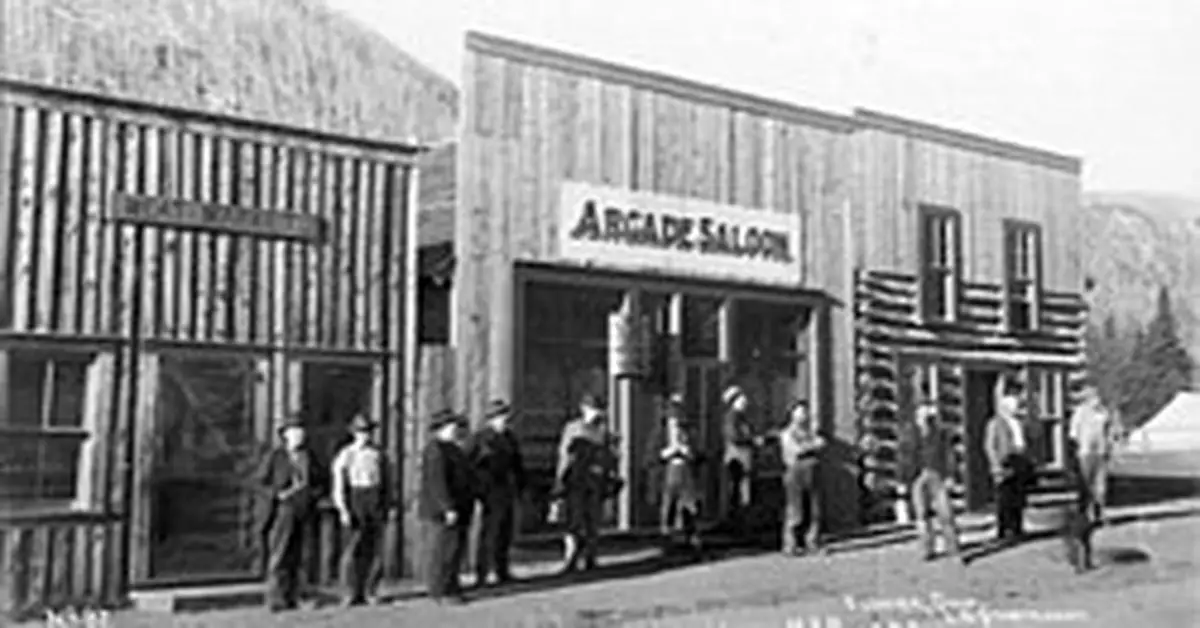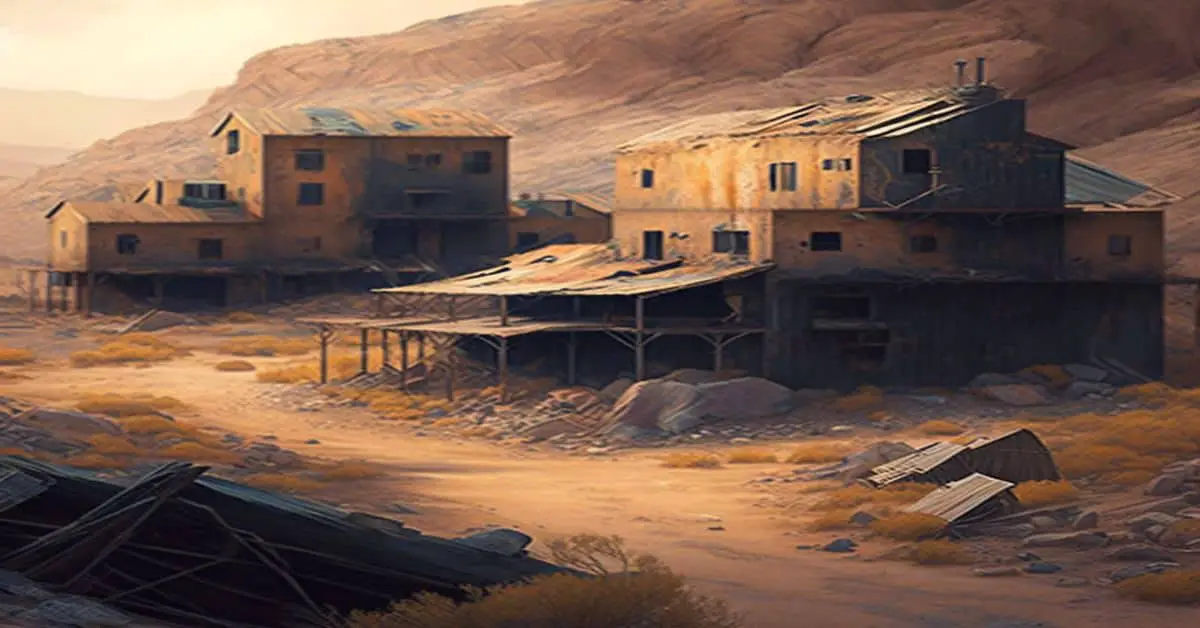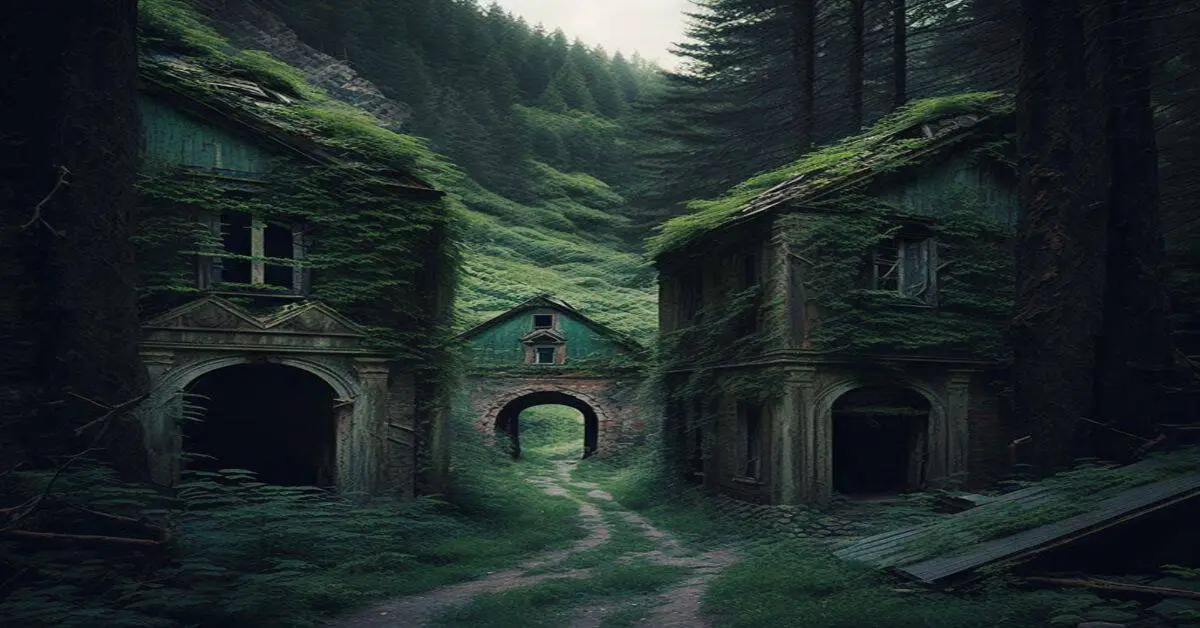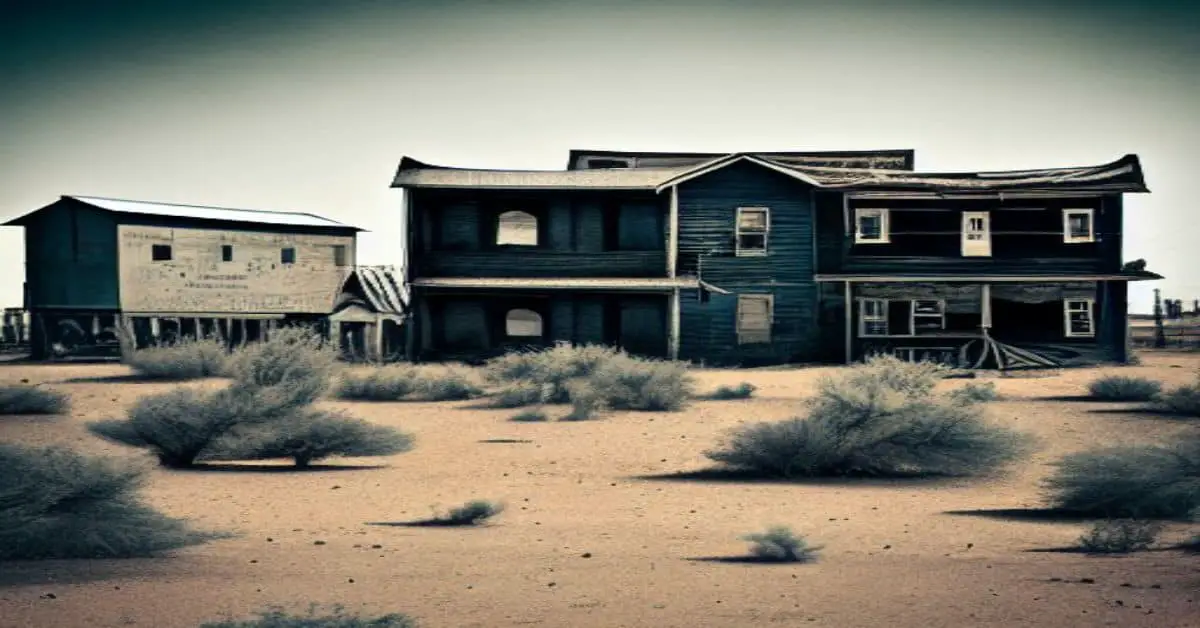Eldora, Colorado: A Ghost Town in the Heart of Boulder County
Nestled in the scenic landscapes of Boulder County, Eldora, Colorado is a fascinating ghost town that once thrived during the mining boom. While its days of bustling activity are long past, Eldora still captures the imagination with its rich history and picturesque surroundings. Below is detailed information about the town.
County: Boulder County
Zip Code: 80466
Latitude / Longitude: 39.9342° N, 105.5833° W
Elevation: 8,700 feet (2,652 meters)
Time Zone: Mountain Time Zone (MT)
Established: The town was established in the late 1800s, around 1898, during the Colorado Silver Boom.
Disestablished: Not formally disestablished, but the town saw significant decline in the early 1900s as mining activities decreased.
Comments: Eldora was originally a mining town, with its growth fueled by the discovery of gold and silver in the area. The town’s name is believed to be derived from “Eldorado,” meaning “the golden one,” reflecting the aspirations of the miners who settled there.
Its peak population was during the early 1900s, when the mining industry was at its height.
Remains: Eldora has several historical buildings and structures, including old cabins and mining relics. The town retains a rustic charm, with evidence of its past visible in the form of weathered buildings and the occasional piece of mining equipment scattered across the landscape.
Current Status: Eldora is considered a ghost town, although many residents still live there. It is primarily a residential community with seasonal and year-round homes. The surrounding area is popular for outdoor recreational activities such as hiking, skiing, and exploring the nearby Eldora Mountain Resort.
Remarks: Despite its status as a ghost town, Eldora continues to attract visitors with its scenic beauty and historical intrigue. The town offers a glimpse into Colorado’s mining past and serves as a reminder of the transient nature of boomtowns.
Its proximity to Boulder and the attractions of the Rocky Mountains make it a favored spot for those seeking both adventure and a touch of history.



